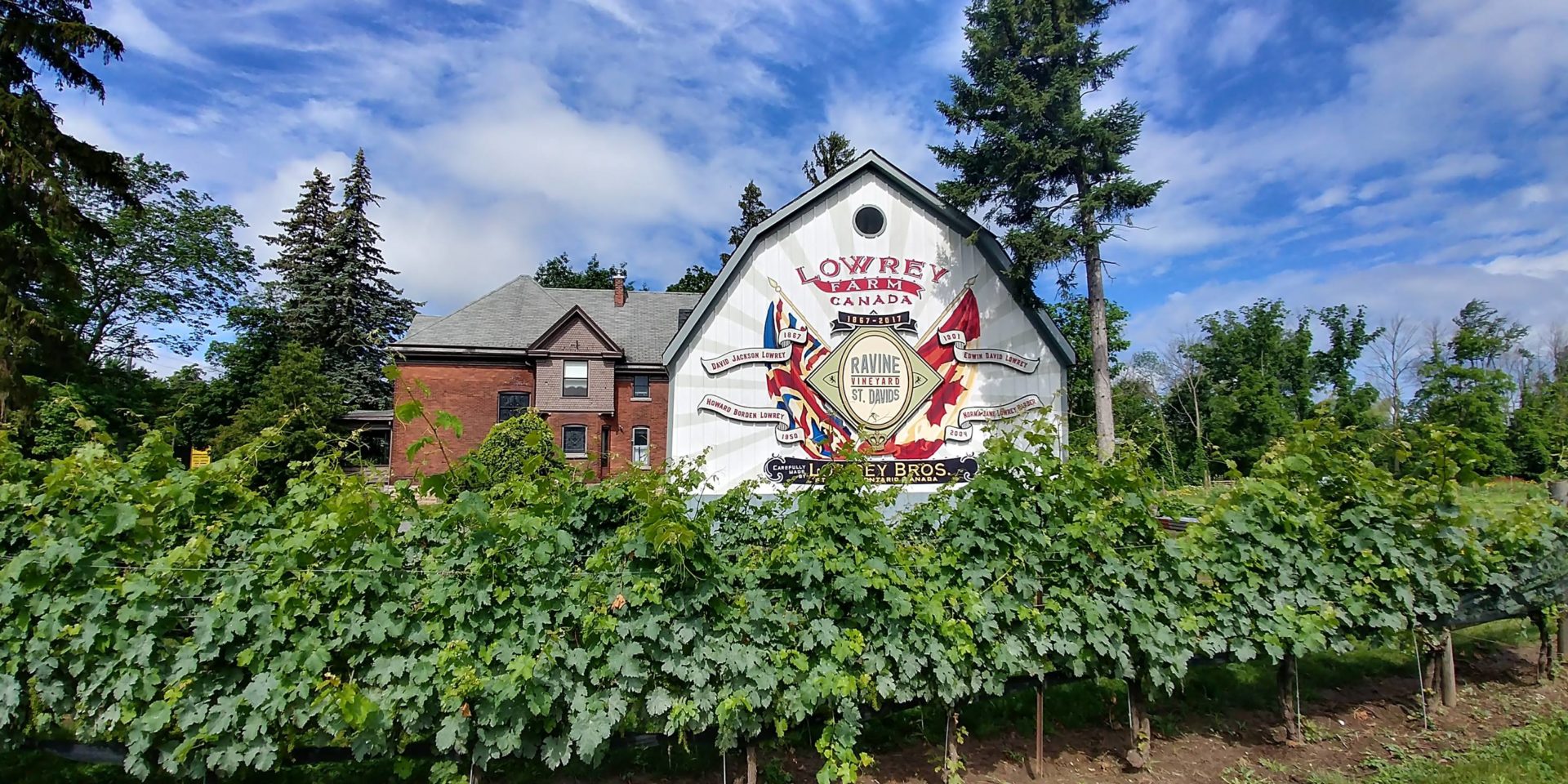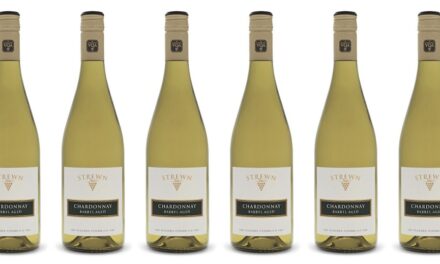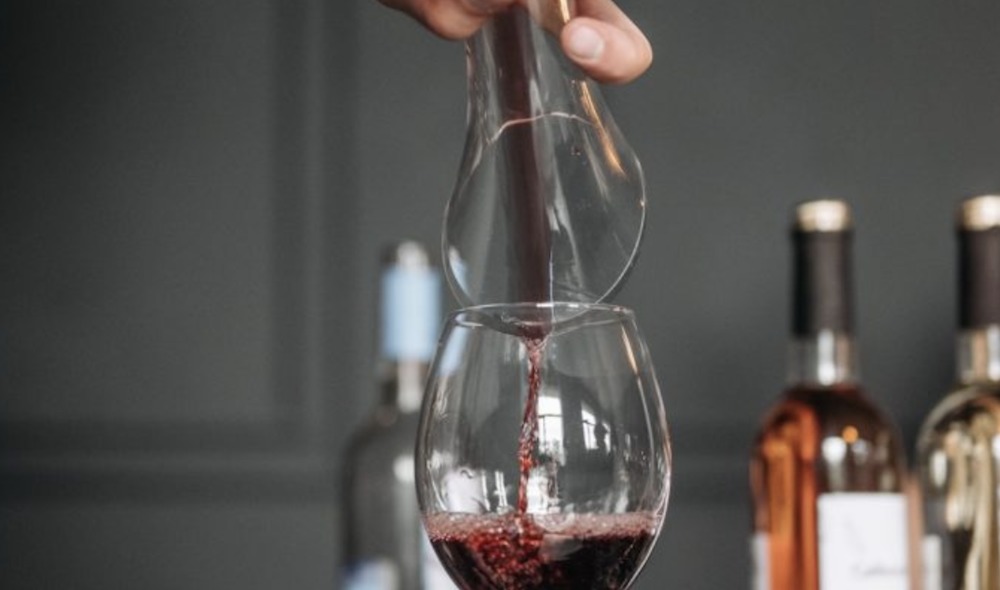Ontario, you’ve come a long way, baby! That is to say, the Ontario wine industry deserves a lusty shout out. After all, it was only in the late 1980s that Vitis vinifera and quality hybrid varieties started massively replacing Labrusca vines. Indeed, Ontario’s transition from Baby Duck to fine winemaking – in just over thirty years – is remarkable.
A couple of years ago, I became intrigued by the mounting ambition I was seeing out of Ontario. It was clear from the high profile tasting events overseas, the bounty of international awards, the number of foreign tastemakers invited to visit Ontario wine country, the reputation of groups like Somewhereness, and so on, that significant efforts were being deployed to develop a global reputation beyond Icewine.
Which made me wonder… How does a relatively small, emerging wine region make a name for itself on the (highly crowded) world stage?
So, I decided to interview a cross section of Ontario VQA* winemakers from across the province, as well as local media and buyers to get their take on what made Ontario wines unique and worthy of critical acclaim.
I also reached out to sommeliers, press, and buyers in London and New York, familiar with Ontario wine, to see if they corroborated Ontario’s view of itself. And then, I wrote a research paper (click here and scroll down to the 2020 papers).
For those of you not keen to delve into a 60-page academic treatise, here are a handful of my key findings.
Exploring the Mid-Atlantic Style of Ontario Wine
The term “Mid-Atlantic” was used by one highly regarded Ontario winemaker. This wonderfully succinct way of summing up Ontario wine resonated with comments from other wineries who deemed Ontario wine, “halfway between Burgundy and California” or praised the region’s ability to “preserve stony minerality and high acidity, while achieving ripe fruit flavours”.
This feeling was echoed by several international respondents. “There is an identity, sitting between New World and Old World, that is always a good compromise for our guests” explained a London fine-dining sommelier.

Jancis Robinson, Canada House tasting in London. Wine Country Ontario.
Losing the Burgundy Comparisons
Unfortunately, over half of Ontario wineries and almost as many international interviewees compared wines stylistically to Burgundy, thus undermining the potential for mid-Atlantic distinctiveness.
While comparisons with established benchmarks are typical for emerging wine regions, they hint at a lingering need to prove worth. And really, is there any cool climate Chardonnay or Pinot Noir region that has found success with the “as good as/ better than Burgundy” argument?
Clarifying the Cool Climate Claim
Lighter, fresher, more elegant wine styles are en vogue with premium wine drinkers around the globe. Being labelled cool climate is therefore a boon for quality wine regions. However, my research revealed notable scepticism from international wine writers.
“It is not what I think of as a typical cool climate” said one, while another called it, “a challenge to accept”. A third journalist said, “it’s actually a short, warm climate with a cold beginning and end… I think it’s a slight confusion in the marketplace.”
After visiting 17 wineries across the province, chatting informally with others, and sifting through climate data on Ontario wine websites, I could see how this confusion has developed. No two wineries communicate the same climate message. A vocal minority even poked fun at the cool climate myth.
And, in terms of growing degree days, a metric commonly used in vineyards to evaluate climate, Ontario’s Niagara and Lake Eerie North Shore regions do not fall into classic cool climate parameters.

Photo credit: Brock University
If left to persist, the misgivings of international opinion formers risk diminishing recognition of Ontario as an emerging cool climate player. Happily, Ontario has the tools in place to cement its credibility. The province is home to a dedicated and internationally reputed cool climate research facility: Brock University’s Cool Climate Oenology and Viticulture Institute (CCOVI), as well as an annual Cool Climate Chardonnay celebration. It will also soon play host to the 2022 International Cool Climate Wine Symposium.
The hope is that, from this establishment and this globally respected event, Ontario wine will find a clear and concise cool climate argument that local wineries collectively adopt, and international media understand.
Beating the Terroir Drum
Building a reputation based on terroir is far from original, but it is the bedrock of countless revered wine regions and a powerful concept for wine lovers. Ontario wine has made major strides in this regard.
According to one high-profile American journalist, “the unique location of the escarpment and its position to the lake is one of those very self-contained pieces of geography that defines great wine regions”.
However, several international tastemakers felt Ontario could go further with their terroir talk. “They really need to get behind the terroir” said a popular New York sommelier. “The type of limestone in Ontario is older than the limestone in Burgundy.”
The VQA appellation is certainly a great tool for demonstrating terroir-focus but international recognition for these sub-zones remains poor. Nine out of twelve international interviewees showed no knowledge of the appellations, and another expressed concerns that appellations add “unnecessary complexity” to emerging regions.

Photo credit: Wine Country Ontario
Specializing by Grape & Site
Having chosen to classify terroir in this way Ontario must now work on growing renown. One (albeit long-term) approach might be to clearly link specific grapes to sub-zones. The idea that one or two grapes show distinctive, high-quality characteristics due to a site’s unique topography, meso-climate, soils, and so forth is a clear-cut way to underpin Ontario’s terroir narrative.
Today, almost fifty different grape varieties are used in VQA Ontario wine. Though Chardonnay and Cabernet Franc received the greatest consensus in terms of a regional flagship grape, it was clear by the heavily divided opinions that Ontario wineries will not be specializing to such a degree anytime soon.
However, using the five signature varieties promoted by Wine Country Ontario; namely Chardonnay, Riesling, Cabernet Franc, Pinot Noir, and Gamay, Ontario could eventually develop a more focused, site driven specialty approach.

Photo credit: Somewhereness
Taking Quality to the Next Level
While it may come as no surprise that Ontario wine professionals deem local quality to be high, the praise from international interviewees was heartening to hear. One globally renowned journalist went so far as to call the calibre of Ontario wine “extremely high across the board”.
Local winemakers, media, and buyers linked high quality to a ten-year rise in confidence and ambition: “We have a certain assuredness now” said one winemaker, while another claimed, “everyone is aiming higher”. And, as I taste across hundreds of Ontario wine samples each year at the National Wine Awards of Canada, this ever-improving quality is clearly apparent.
No wine region is without its challenges and Ontario certainly has its fair share of hurdles to jump on the path to fine wine quality recognition. However, the passion and drive from both the old guard and new wave of Ontario wine producers bodes well for the future.
* VQA winemakers refers to producers making wine from 100% Ontario-grown grapes, under the Vintners Quality Alliance umbrella.







